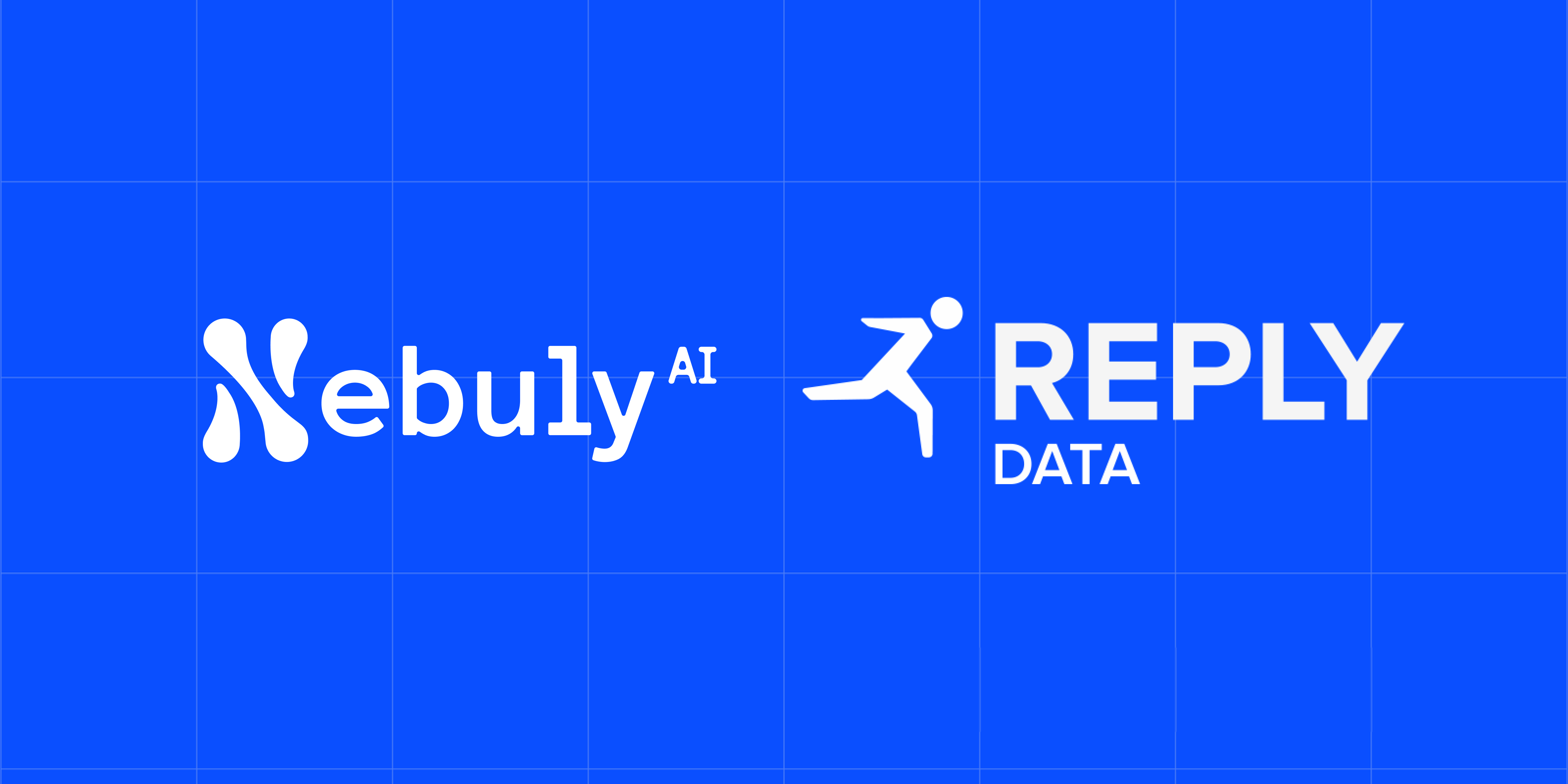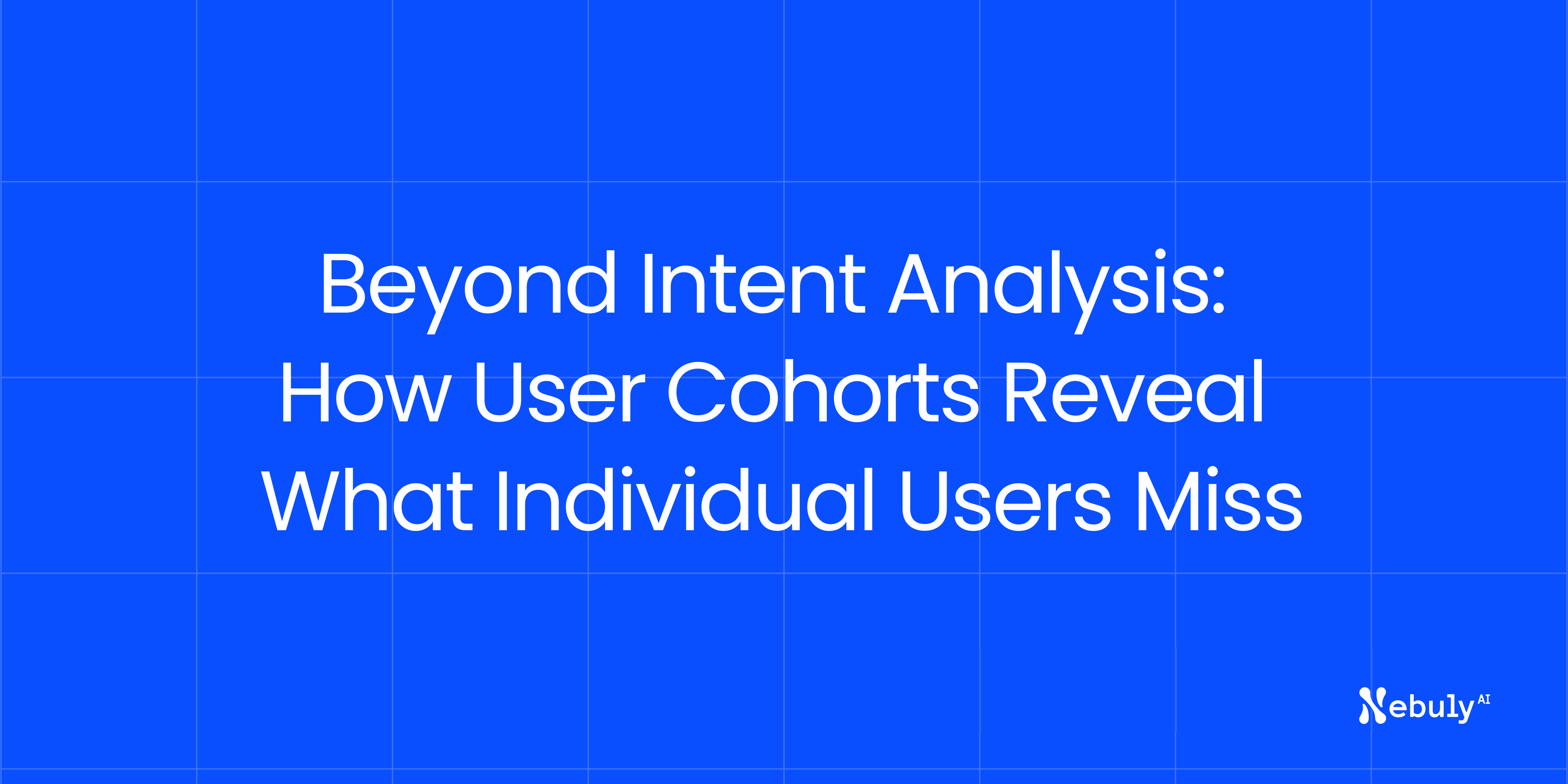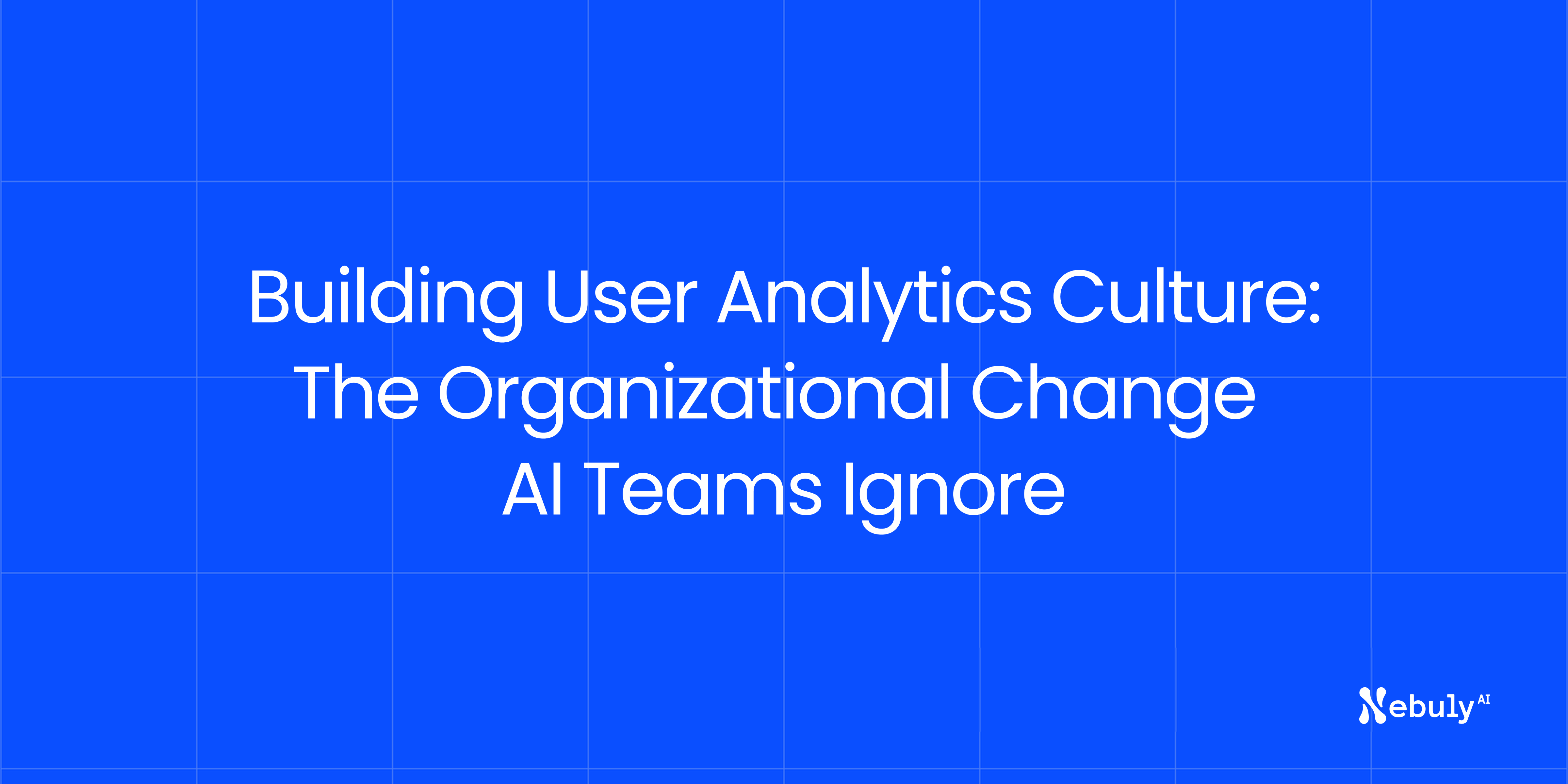Legal teams spend most of their time reacting to compliance violations after they occur. AI user analytics help legal departments prevent these violations by spotting risk patterns before they become serious problems.
Most companies handle legal AI oversight through periodic audits and reactive investigations. This approach catches violations too late. Smart legal teams use user analytics to identify emerging risks when they can still be prevented through training or policy clarification.
Why reactive compliance monitoring fails
Traditional legal oversight relies on incident reports and employee complaints to surface compliance issues. By the time legal teams learn about problems, violations have already occurred. Remediation becomes expensive and time-consuming.
Periodic audits also miss the daily interactions where most compliance risks develop. Employees ask questionable AI queries between audit cycles. They develop workarounds that create liability without triggering formal violations. These behavioral patterns remain invisible until something goes wrong.
The most dangerous compliance risks emerge gradually through repeated small violations. Individual incidents seem minor, but patterns reveal systematic problems that could create major legal exposure.
How user analytics reveal emerging compliance risks
AI user analytics show legal teams which employees are approaching compliance boundaries before they cross them. Analytics reveal when workers ask questions about sensitive topics more frequently. They identify departments that struggle with specific regulatory requirements.
User analytics also surface risky behaviors that predict compliance violations. These include attempts to share confidential information, requests for proprietary data, or questions about bypassing security protocols. Legal teams can track these risk patterns without accessing individual conversations or personally identifiable information (PII).
See how risky behavior tracking works in our playground where legal teams identify brand risk, data exposure, and other compliance concerns through anonymized behavior analysis.
Tracking risky behavior without compromising privacy
Legal teams need visibility into employee AI usage without creating additional privacy violations. Modern user analytics accomplish this by tracking behavioral patterns rather than storing personal conversations or PII.
The system identifies risky intent categories like "data sharing requests" or "competitive intelligence queries" without recording the actual questions or who asked them. Legal teams see that "Confidential information requests increased 150% in the sales department" without knowing which specific employees made these requests.
This approach protects employee privacy while giving legal teams the intelligence they need to prevent violations. It also reduces data storage risks because the system doesn't retain sensitive conversation content or personal identifiers.
Specific risks legal teams can prevent through behavior analytics
User analytics help legal teams prevent contract violations by identifying employees who demonstrate risky data-sharing behaviors. These patterns often precede accidental disclosures or inappropriate information sharing with competitors or unauthorized parties.
Analytics also reveal intellectual property risks when employees exhibit behaviors suggesting they're seeking proprietary information inappropriately. Legal teams can provide immediate guidance before employees inadvertently violate trade secret protections or non-disclosure agreements.
PII exposure risks become visible when employees attempt to share personally identifiable information through AI tools. Legal teams receive alerts when these behaviors spike, allowing them to provide additional privacy training before actual data breaches occur.
Building automated early warning systems for compliance
Legal teams benefit most from user analytics when they receive automated alerts about concerning behavioral patterns. These systems notify legal staff when risky behaviors increase above baseline levels or when new types of compliance-threatening activities emerge.
Effective early warning systems focus on statistical anomalies in behavior categories rather than individual conversations. Legal teams get alerted when data security violations triple in one department. They receive notifications when employees exhibit competitive intelligence-seeking behaviors more frequently than historical averages.
These automated systems help legal teams respond proactively rather than reactively. They can address emerging risks while they're still preventable rather than investigating violations after they've already occurred.
How anonymization protects both privacy and compliance
Legal teams access user analytics through anonymized data that reveals behavioral risks without exposing individual employee information or PII. Instead of reading specific employee questions, legal teams see aggregated risk categories and departmental trends.
This anonymization approach provides legal teams with actionable intelligence while protecting employee privacy and reducing data storage liability. Legal staff can identify risk patterns and provide targeted training without creating surveillance concerns that might reduce AI adoption.
Anonymized analytics also generate better legal intelligence than individual conversation monitoring. Behavioral patterns reveal systematic risks that require policy attention rather than isolated incidents that might be coincidental.
Measuring the business impact of proactive legal oversight
Companies that implement proactive legal analytics see measurable improvements in compliance outcomes. They prevent violations that would have cost significant remediation expenses. They avoid regulatory penalties by addressing problems before they escalate.
Proactive legal oversight also supports business growth by reducing compliance-related delays. Legal teams can approve new initiatives faster when they understand existing risk patterns. They provide better guidance to business units because they see emerging compliance challenges in real time.
Read about how cross-departmental analytics improve business outcomes in our analysis of organizational AI intelligence.
Building trust through transparent risk prevention
Legal teams that use analytics for risk prevention rather than employee surveillance build stronger relationships with other departments. Employees appreciate proactive guidance that helps them avoid violations rather than reactive punishment after violations occur.
Transparent communication about how analytics work also increases employee cooperation with legal oversight. When workers understand that legal teams analyze behavioral patterns without accessing PII or individual conversations, they become partners in compliance rather than subjects of investigation.
The most successful legal analytics programs include regular communication with employees about how anonymized user data helps prevent compliance problems. This transparency increases both AI adoption and voluntary compliance with legal requirements.
About Nebuly
Nebuly provides user analytics specifically designed for conversational AI that help legal teams identify compliance risks through anonymized behavioral pattern analysis. Our privacy-first approach tracks risky behaviors without storing PII or individual conversations.
Book a demo to see how AI user analytics help legal teams prevent compliance violations through proactive risk detection.






